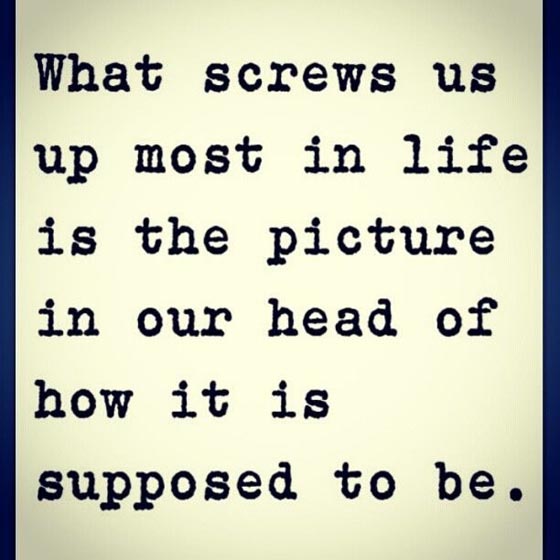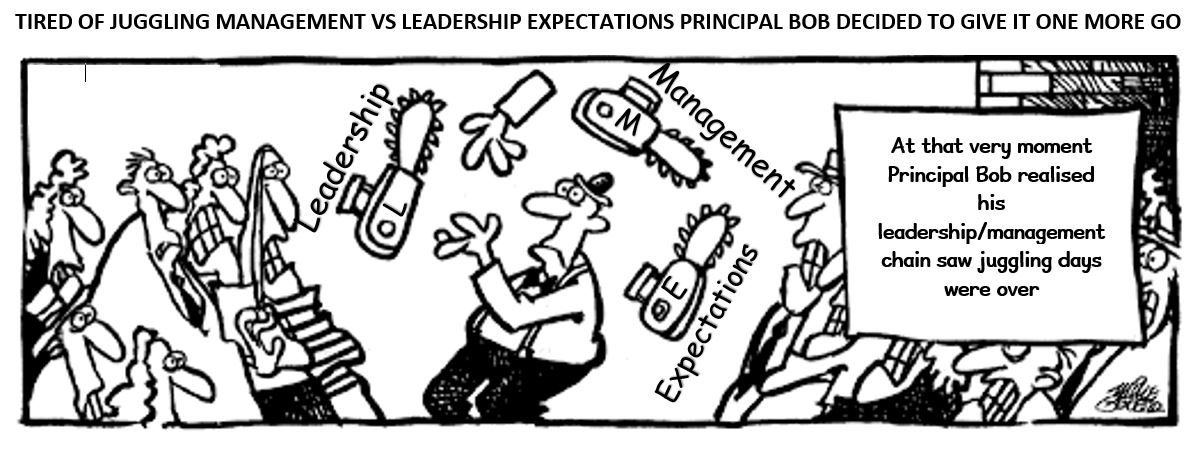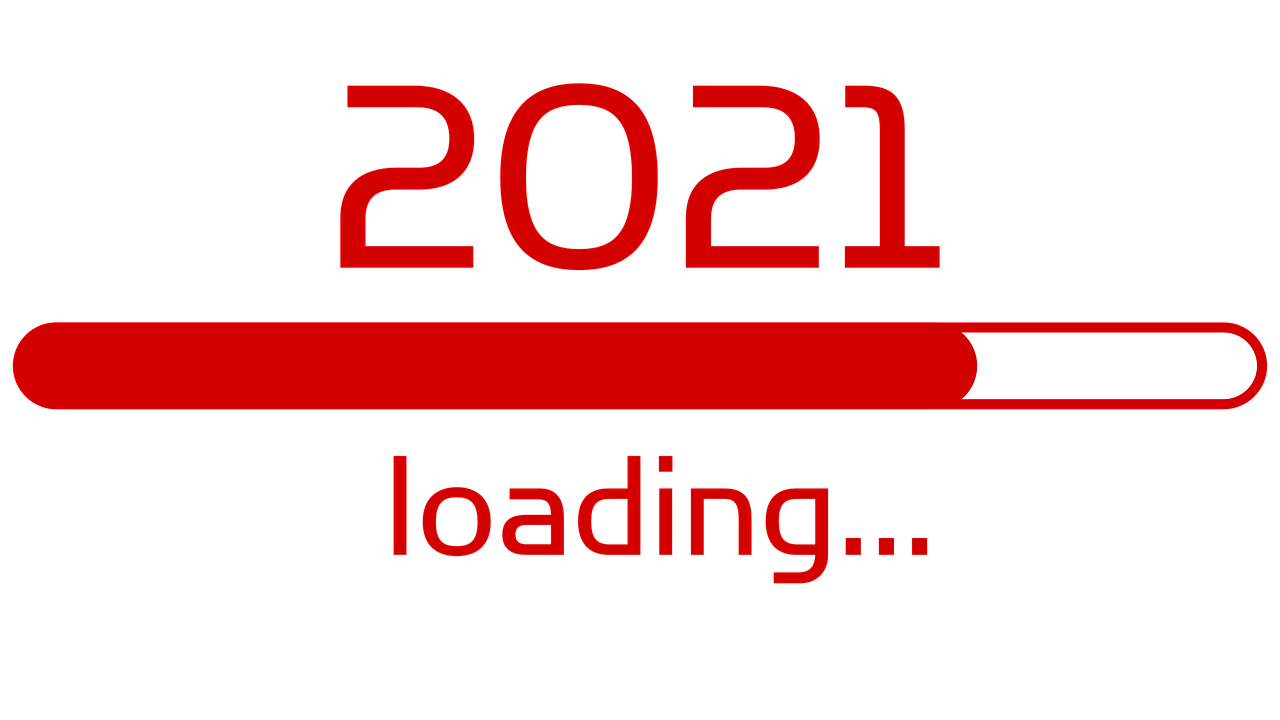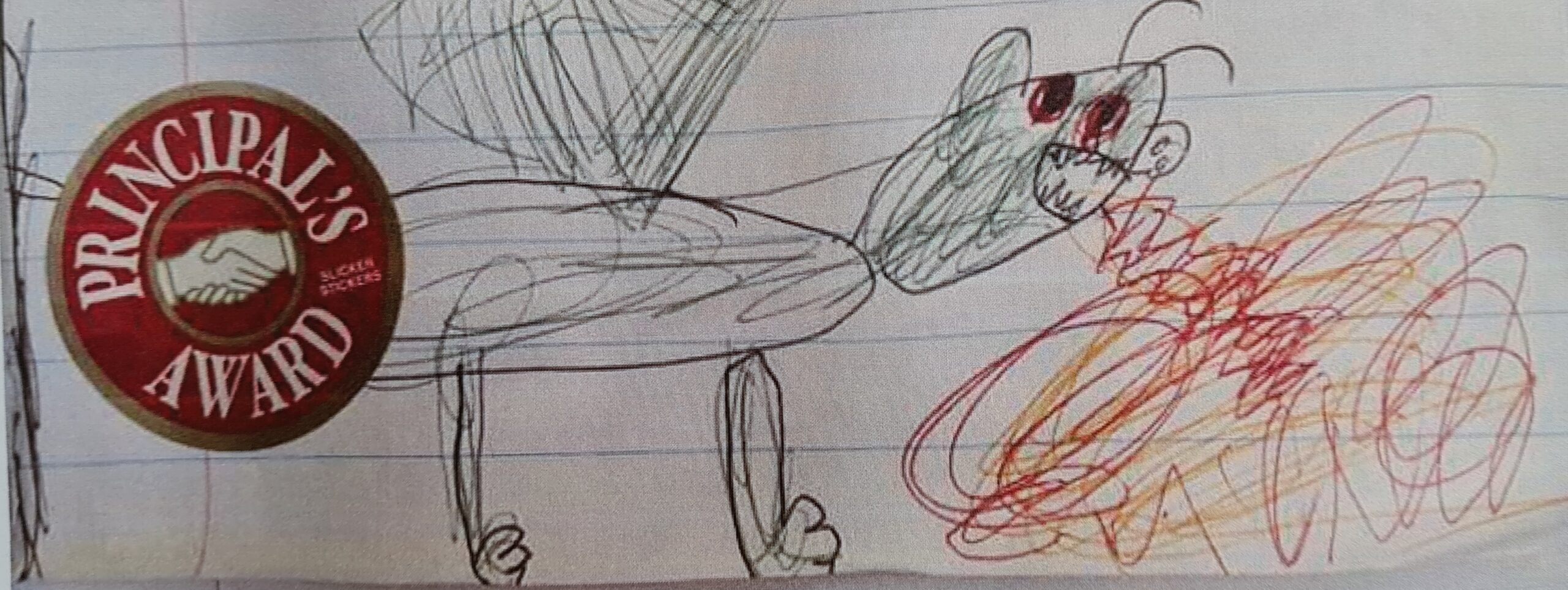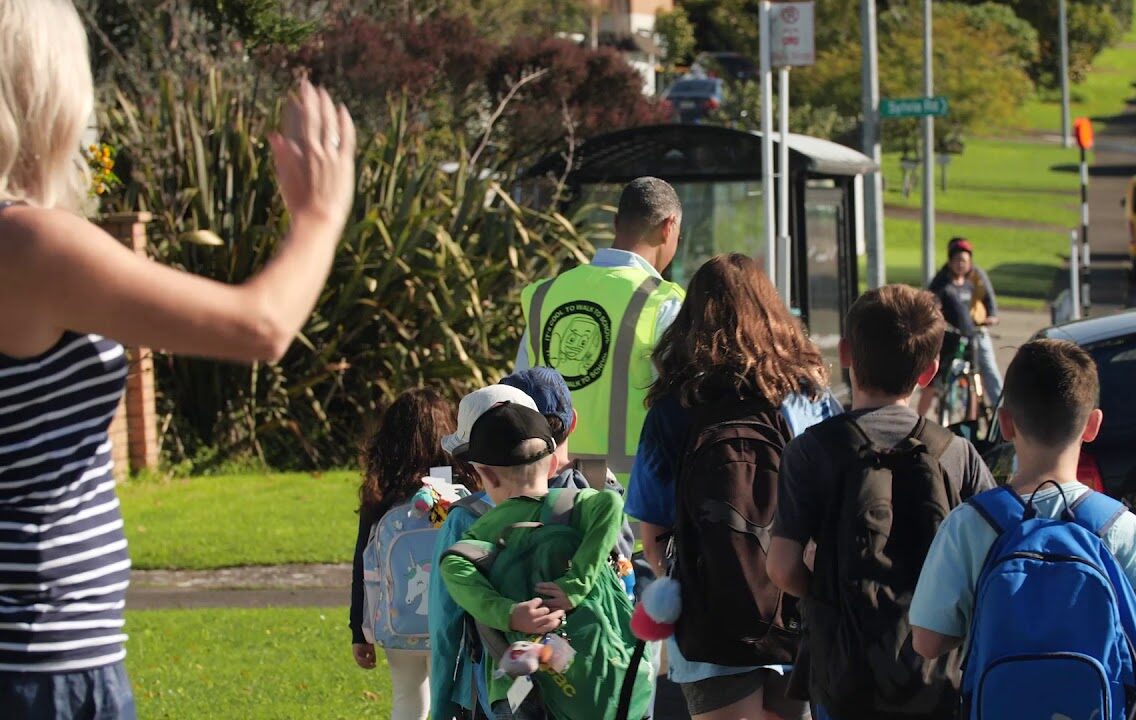 .
.
I wonder if, after all the dust has settled, and we take a look back at 2020, that we’ll look back on the year as one of fantastic personal growth. No doubt it’s been a crap year. We’ve all been pushed to the ends of our collective tethers. There have been times when we’ve felt exhausted and beyond capable of getting through another day let alone another week or term. But yet, we have.
We have gotten beyond it. And we’ve done some pretty inspirational things, often off the hoof, with the words “it is what it is” whispering in our ears.
Chances are we’ll look back, (maybe not tomorrow, or even after new years) sometime in the future and think – wow! well done! What an extraordinary thing we have all done during this year of craziness and uncertainty.
As you do in times of craziness, when you’re looking for that long lost favourite pen, or a rogue lolly in the bottom drawer of your desk, you come across something long forgotten. I needed a sugar fix and I knew that there was a toffee somewhere in the bottom of my desk when I came across a piece of work I’d started about three years ago.
At the time I’d spent a while reading and researching a number of Learning Models and Growth Stages in the hope of finding something inspirational to use in my school to get my teachers thinking. There are literally thousands of such models in the world. At the same time I’d found myself reading Dr Seuss’ Green Eggs and Ham to a bunch of five year olds. They’d never heard this classic before. They loved it!
I began to wonder what a learning model might look like if it was based on Dr Seuss. I worked on the idea for quite a while, and then it sat quietly in the bottom of my drawer waiting for it’s time. Stuck to the edge of this paper was a toffee, and so on that fateful afternoon, looking for that sugar fix, I found not only a toffee but also this … My Learning Model.
As I mentioned before, 2020 has been pretty crazy. As I read through my Dr Seuss inspired Learning Model I could see many parallels to the journey that we’ve all been on this year.
I won’t be writing again until the new year, so take your time with this one. As you’re reading this, think about your own journey in 2020 both professionally and personally. Find a quiet time to consider how you might use your own amazing growth to leap into 2021.
My Learning Model is inspired by the works of Dr. Seuss and P.D. Eastman
 Where to begin
Where to begin
“Oh, the places you’ll go” is the last book that Dr. Seuss wrote before he died in 1990. Although it’s his last book, it’s the first part of my learning model. Because education is all about acronyms, let’s use MyLM for my learning model from now on.
“Oh the places you’ll go” is the perfect umbrella for MyLM. It over-arches the rest of the components in rich, thick strokes of positivism and hope. That’s what learning should be. Anything else and we might as well stay in bed.
“You have brains in your head, 
You have feet in your shoes,
You can steer yourself
any direction you choose.”
You’re on your own, And you know what you know.
AND YOU are the guy who’ll decide where to go”
What an invitation! What a challenge! That’s what our learning should be.
But there are warnings too:
However that’s what learning should be all about too. There is room to fail; room for false starts and u-turns. Ultimately the whole experience is a journey.
MyLM has an umbrella, or backdrop, of positivism.
It yells out for everyone to hear “KID, YOU’LL MOVE MOUNTAINS!”
And although the word kid suggests that this is a child like proposition, it doesn’t need to be at all. MyLM outlines stages of learning or growth that can equally be attributed to children or adults.

Learning, of course, has never really been a linear thing. It’s never been a straight line where you get to start at A and end at Z.
We all come into things, (even new things) with prior learnings, so it’s hard to find an A for start.
And then the journey from here to there is fraught with successes, mis-steps, backward flips and challenges. All in all it’s an opportunity, and a great one at that.
However, if I was pressed to simplify this into some sort of progression, then I’d do it this way, so stick with me and read on.
And I’d call them Growth Stages, and I’d suggest there are four simple ones to describe.
Ultimately progress through these stages is like a curly ball of string. It’s never just a line, and you constantly find yourself flicking back and forward through these curls and twirls. Sometimes this happens as part of a natural progression, and sometimes this happens out of necessity.
Often it’s messy and always, it is what it is.

Growth Stage One
ARE YOU MY MOTHER
The first stage of MyLM is what I like to call the “Are You My Mother?” stage.
It’s the only stage that is not actually written by Dr. Seuss, instead by P.D. Eastman one of Dr. Seuss’s contemporaries. Originally the book came out in 1960. I certainly remember having it on my bookcase when I was growing up.
Are You My Mother tells the story of a little baby chick who hatches while her mother is out looking for food. She then spends most of the story going from place to place, animal to animal in search of her mother.
This is the whole point of this learning stage. During learning we spend a whole heap of our time in this mode. It’s not necessarily because we stay at this point for long periods, but more because we find ourselves heading back to this point many times during our learning journeys.
It’s a stage where you find yourself looking for constant support. It’s that time when you as the learner may actually hope that someone will do the learning for you. It’s a time when safety is paramount, and finding a supportive teacher/mentor/mother-father figure to work through the new, strange, frankly scary aspects of whatever is ahead of you is vital. Basically you’re simply searching for your mother!
Think of learning to work with MSExcel for the first time. Or learning to drive a car; or when you are working on a new task for the first time in a new job. Frustrations abound, patience erodes and there are times when you just pray that someone will simply do the job for you.
Does this sound familiar? It’s just like the book really.

You spend your time trying to learn a new skill, but your patience is pushed. You find yourself questioning the purpose of this new skill. Is it all worth it you ask?
It’s possible that you will spend a whole heap of time actually looking. Procrastination may raise its ugly head and if it does then this leads to extended times in the Are you my mother stage.
Questions about your ability to actually succeed nag away at you.
Finally a sense of perseverance develops and things start to move forward.
We all go through this stage at some point. For younger children this might not be a place that they stay at for long. But as we grow older and we’re feeling the pressure of change hanging over us, we find ourselves re-visiting our “Are you my mother” stage quite frequently, if only for a short time during periods of stress!
It’s not a stage that is worth hanging around in for long, and so my advice to you is to stop looking for your mother and get on with it!
So what are some of the key features of this learning stage?
Support
This stage is all about the process of finding support. The baby bird is looking constantly for her mother. This is the only support they need and that they want. It’s a stage where the learner just really wants their mother to do the learning for them.
Finding your way
Are you my mother is a tricky Learning Stage to be in. Although it’s a time where the learner is essentially finding their way, it’s also often a stage where it’s time to take stock. For some it may be easier just to wait for Mother than to take the risk of moving on, and for others waiting for Mother might just be the resting time that they need. Either way, reality dictates that Mother is not always there to make things easier for you, so don’t wait here for long!
Learning to learn
Are you my Mother can also be the time when a learner is looking for someone to help them up to the “Green Eggs and Ham” stage. It’s not unreasonable to believe that some older learners take time to find their mentors. It only gets unreasonable when the role of mentor really is just an extension of Mother.
Growth Stage Two
GREEN EGGS AND HAM
There is a lot in common with Stage 1 and Stage 2. Much of the time in Stage 2 you will find yourself just wishing that someone would come along and do the learning for you. There are times when you think, “Nope I don’t like this”.

You find yourself flipping back to the Are You My Mother stage, hoping that this learning thing will simply go away. But the perseverance you developed in Stage 1 encourages you to stick with the task just a little longer.
You keep at it, grinding away, looking to have your green eggs and ham in such a way that is actually palatable.
Learning at this stage is very much a practicing sort of thing.
The more you work, or practice, on a particular skill the easier it actually becomes.
At the risk of sounding ageist I do wonder if this stage is very much an older learners type of stage.

Younger learners may spend a little bit of time here. But when you are younger, learning something new isn’t necessarily a chore, or isn’t coloured in any negative fashion by prior learning experiences.
Furthermore for most young learners learning isn’t even considered an option. Instead it’s just the natural by-product of everyday life. You don’t see a lot of “Do you want to try my iPhone 11?”, “NO I don’t, not in a box, not with a fox, not with a goat….”

Therefore you’ll find the Green Eggs and Ham stage more often in older learners who have a choice … or at least think they have a choice, about acquiring new skills or ideas. For those of us with a slightly stubborn temperament, Green Eggs and Ham might be a stage we spend a lot of our learning time in!
For those of us who suffer from the “You can’t teach an old dog new tricks” syndrome, you’ll spend much of your time flitting between Are you my Mother? and Green Eggs and Ham stages.

International blogger David Cain ([email protected], http://www.raptitude.com/) writes of our past experiences and how they can affect our learning in a very Green Eggs and Ham like manner.
Cain suggests that “we tend to think the person we are is the person we’ve been so far. The person you used to be still tells you what to do”.
We unconsciously decide if we like or dislike something based on our experiences. Some of these experiences can be decades old, and yet still play significant roles in how we see the current world that we live in.
As Cain writes in his blog, The Person you used to be still tells you what to do
“This happens a lot. Much of what you do today (or don’t) was decided by the person you were years ago, a person with less life experience and less insight into your values. Your identity – as in who you are to yourself, and who you are to others – changes throughout your life, and the person most qualified to be deciding how you spend your time now is always going to be who you are today.
But we often don’t work like that. We work from conclusions made years ago, usually with no idea of when we made them, or why. Most of our standing impressions are probably based on a single experience – one instance of unpleasantness or disappointment that turned you off of entire categories of recreational activities, lifestyles and creative pursuits, forever.
A conclusion is not the point at which you find the truth, it’s only the point at which the exploring stops. We do it quickly and unconsciously and the effects are long-lasting. In no time you’re left with a standing belief, a sort of surrogate “fact” in your head, left over from a time when you didn’t know any better. “
These particular standing beliefs have more of a profound effect on our experienced older learners than our younger ones. Maybe this is because older learners spend their new learning time stating;
“I would not like them here or there. I would not like them anywhere. I do not like green eggs and ham. I do not like them, Sam-I -am.”

So how do we counter the Green Eggs and Ham stage? How do we move forward if we are still tied to experiences from the past?
Cain suggests, “Let the phrases “not my thing” or “not for me” become red flags to you whenever you hear yourself say them. How old was the person who decided that? Was it even a decision, or just an emotional reaction? How much do you really know about it?

Ask, or otherwise know that your lifestyle is still being directed by a younger and less experienced version of you who, frankly, doesn’t know you at all.”
He’s got a point. But it’s not easy. Be open to your new learning, give it all a go! Find your inner four or five year old if need be!
If you can get past this stage, then you’re about to embark into the magical world of the Cat in the Hat Comes back stage. Now that’s worth purrrrrsevering with.
So what are some of the key features of this growth stage?
Guided
The Green Eggs and Ham Learning Stage is all about guided learning. It’s about someone, whether it’s a mentor/coach, or a teacher, or a colleague or a friend, working alongside you and helping you along a path. They guide you in a direction that may initially be foreign to you. Or distasteful!
The key is that although you are being directed in your learning, ultimately you are building understandings that will allow you to take control in the future.
Perseverance
Sam in Green Eggs and Ham needs a medal for his perseverance. He just never gives up. As a mentor Sam has a role to persevere with the learner, asking questions and opening the learner up to new understandings and learning.
It’s so much easier just to give up and to throw any perseverance under a bus. But imagine if that had happened in the book – well it just wouldn’t have made a great story!
Scaffolding
In the book Sam helps guide the questioning. He scaffolds the learning for the learner by asking key questions. By doing this he also models all sorts of possibilities. He’s opening up idea streams into the learners mind!
Resilience
Resilience is very much a tool needed to be practiced by the learner. Essentially it plays hand in glove to perseverance. As a learner when you’re at this stage if you’re not resilient, and you’re not prepared to persevere then you may as well just stay in the “Are you my mother” stage.
Lighting the Fire
Sam sets the scene for the next learning stage here. By the end of the story he has well and truly lit the fire of learning when he hears; “I do so like Green Eggs and Ham, Thank-you! Thank-you! Sam-I-am”
Growth Stage Three 
THE CAT IN THE HAT COMES BACK
The Cat in the Hat Comes Back was first published in 1958. In anyone’s language that is certainly a while ago now.
Its’ message today is still as bright, colourful, filled with possibilities and mischievousness as it was when it first arrived in our bookstores all those years ago.
Imagine learning as being bright, colourful, filled with possibilities and mischievousness. It sounds like a perfect cocktail for exploring and understanding the world all around us. It’s certainly intoxicating.
Stage Three in My Learning Model, is The Cat in the Hat Comes Back stage. This is the stage where anything can happen, and it most probably will.
The boundaries of learning are at times difficult to see; but it’s a stage of possibilities and wonderment, of experimentation and passion.
Helpfully, the story starts almost where Stage Two, Green Eggs and Ham finishes. In The Green Eggs and Ham stage we’ve come accustomed to the idea that learning can actually be tasteful, and that we have some choice about it. However there is still work to be done and sometimes our learning takes us back to the Are You My Mother Stage.
But don’t be fooled, this Learning Stage is about to get wild.
Think of your learning at this stage as the Cat in the Hat. You’re brimming with confidence, you’re full of ideas, you’re able to brainstorm some of the most absurd solutions and, most importantly, you’re willing to give it a go. And just like that, the world opens up for you!


Your imagination is encouraged to go anywhere and everywhere, and just for a moment you too can have your cake and eat it!
But beware there are caveats.
This is the learning stage of trial and error with no shame in failure. But it’s not the real world.
The Cat in The Hat Comes Back stage is a time of safety nets, scaffolding and oxygen tanks! Yes you can get excited about an outpouring of creative tendencies, but at the end of the day it’s all within the safety of the lab.
It’s where you can leave the anxieties about your failings or learnings, and mis-understandings at the pool edge. It’s where you can dive into the pool of possibilities without worry of lack of skills.
And although it’s not essential, it can be even better if there’s more than one of you in the process.
In many ways this is the growth stage that we most often find ourselves at the Forty Hour Principal Project. David and I get to fling ideas around, test them in our blog weekly, and then head back to the “reality” of our schools!

The Cat in the Hat Comes Back learning stage is perfect for working alongside others. Ideas build on ideas that build on ideas.
Learning happens not only as a result of study, but also in trial and error and experimentation. Growth comes as a result of sharing problems, ideas, prior knowledge and solutions, with those around you.

The Cat in the Hat Comes Back stage revels in the collaboration of many minds. Your idea may not be the one that is the final solution, but it will play an important part in the process that will add greatly to your learning.
Call it your own VOOM! moment if you will.

So what are some of the key features of this growth stage?
Curiosity
Curiosity is the thing that gets us interested. It’s the spark that ignites and then fuels our learning.
Play
We don’t spend enough time playing during learning. This stage encourages more play. The Cat in the Hat certainly doesn’t appear to be particularly time constrained, and although reality has it we are all time poor, this Learning Stage says loud and clear “Make the time to Play”.
Creativity
The Cat in The Hat Stage is all about being creative. Essentially it’s giving the learner a sense of freedom to give things a go without the restraints of feeling like a failure. Once you get that feeling out of your system you can start to be as creative as you want. In the book, The Cat in the Hat certainly wasn’t constrained by lack of ideas. He was very creative in solving the problem.
Collaboration
Collaboration helps make big problems feel small. This Learning Stage allows people to look for solutions together without a sense of hierarchy. Remember the old addage, Together Everyone Achieves More (T.E.A.M)
Using old skills for new things
People come into new situations with a host of prior experiences and knowledge. All of this is useful in new learning. The only time when this isn’t useful is if the learner is blinkered to historical solutions or attitudes. Attitudes are crucial here. If you’re still stuck in “Are you my Mother” ways then nothing will come easily. Loosen up, but don’t throw the baby out with the bath water!
Using new skills for old things
The Cat in the Hat Comes Back encourages new eyes for old problems. Science is finding new ways of doing things all the time and often helps us understand old problems or issues in a new light.
Individual Inquiry
The Cat in the Hat Comes Back encourages the learner to look at their learning as a journey. During the story the Cat in the Hat tried many solutions in a personal journey of inquiry.
Team Inquiry
Team Inquiry allowed the Cat in the Hat to work with a number of other cats (26 in total! but don’t let that stop you!) to find a solution.
Safety
This growth stage isn’t reality though. This is where we ask questions, experiment, play, consider, debate and test our understandings all within a safe environment, or as safe as possible. It’s where you can get a grazed knee, or a bloody nose and still come back and score a goal.
No worries
We live in a time where we all take ourselves incredibly seriously. We’re open to judgement on all sorts of levels from multiple directions. The Cat in the Hat solves the problem of the rings in the bath with little worry about judgement. We don’t see him posting on Facebook or Instagram and gauging his success on the number of likes he has received. The only worry that he has is the problem of the rings in the bath. He worries about one thing at a time and ultimately triumphs! VOOM!
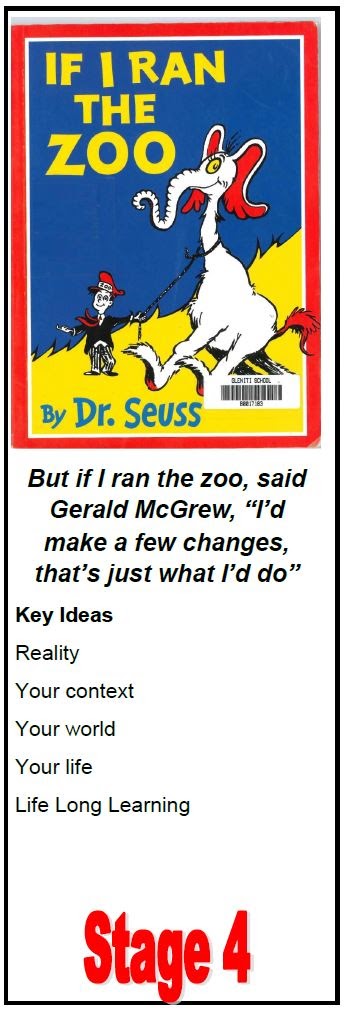
Growth Stage Three – IF I RAN THE ZOO
Stage Four of this Growth Model is based on Dr. Seuss’ 1950 picture book,
“If I Ran The Zoo”.
This stage is the ultimate learning stage. It’s what we all aspire to. It’s the stage where our learning is finally put into real use. It’s where we can take our new found skills and ideas and let our imagination do the rest in what’s affectionately known as “The Real World.”
“If I ran the zoo, ” said young Gerald McGrew,
I’d make a few changes. That’s just what I’d do …”
I’m picking that Dr. Seuss called his hero Gerald McGrew on purpose. McGrew is a great name for someone in this growth stage who just grows and grows and grows.

In many ways this can be seen as a generational learning stage e.g the older you get, the more experiences you have, and the more you know how to deal with these new things.
However this doesn’t have to have anything to do with age. Any age can learn the new tricks and ideas in the Cat in the Hat Comes Back stage, and any age can put those learnings into some form of reality like “If I ran the zoo”.

If I Ran the Zoo is the stage of turning possibilities into something a bit more concrete. It’s at this stage where we take our play and give it some new function – in a real world.
And although it’s a stage of lots of potential for the learner, and lots of potential to help many people, it has also the potential for a few doubters and criticisms.
The real world is full of people with opinions. It’s jam packed with people who are also trying to run their own zoos. It’s full of people who are certain that the way they run their zoo is the only way to run a zoo. There’s plenty of potential for conflict.

But keep positive. This is the “keep it moving forward” learning stage. It’s about letting your learning help you find a niche in your world. The key words here are YOUR WORLD.

Your world is your zoo and your zoo is your world.
So what are some of the key features of this growth stage?
Reality
This growth stage is reality. It’s out of the sandpit and into the real world. There are steps forward and steps backwards, and any decision made has a consequence.
Your context
The reality is that this is your personal context. It’s your challenge and therefore your opportunity. You get to reap what you sow. There will be those who are keen to knock you. And there will be those scary times when you find yourself comparing your own reality with the highlight reels of others. However the reality is that their context is not the same as yours. And most importantly your own highlight reel is as kick arse as anyone else’s!
Your world
You share your world with 9 billion other people who also live in this world. It’s a bit hard to get away from this important point. And so whatever you do, whatever your particular zoo looks like, it needs to run in harmony with those of others. Learn to give, learn to connect, learn to take notice and your world will be even more richer.
Lifelong Learning
The If I ran the zoo stage goes hand in hand with the Cat in the Hat stage. It’s called Life Long Learning, and the sooner you get to enjoy flipping from each stage the better.
Steve
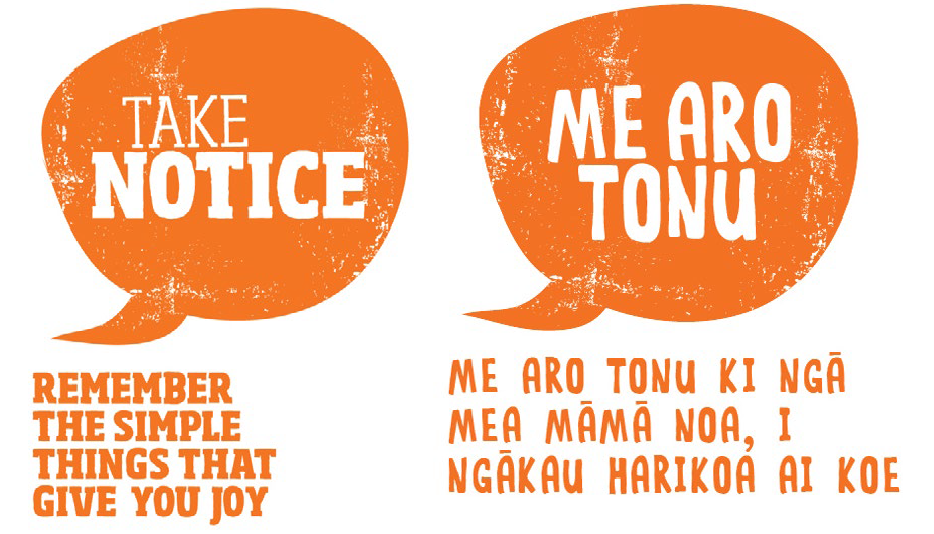

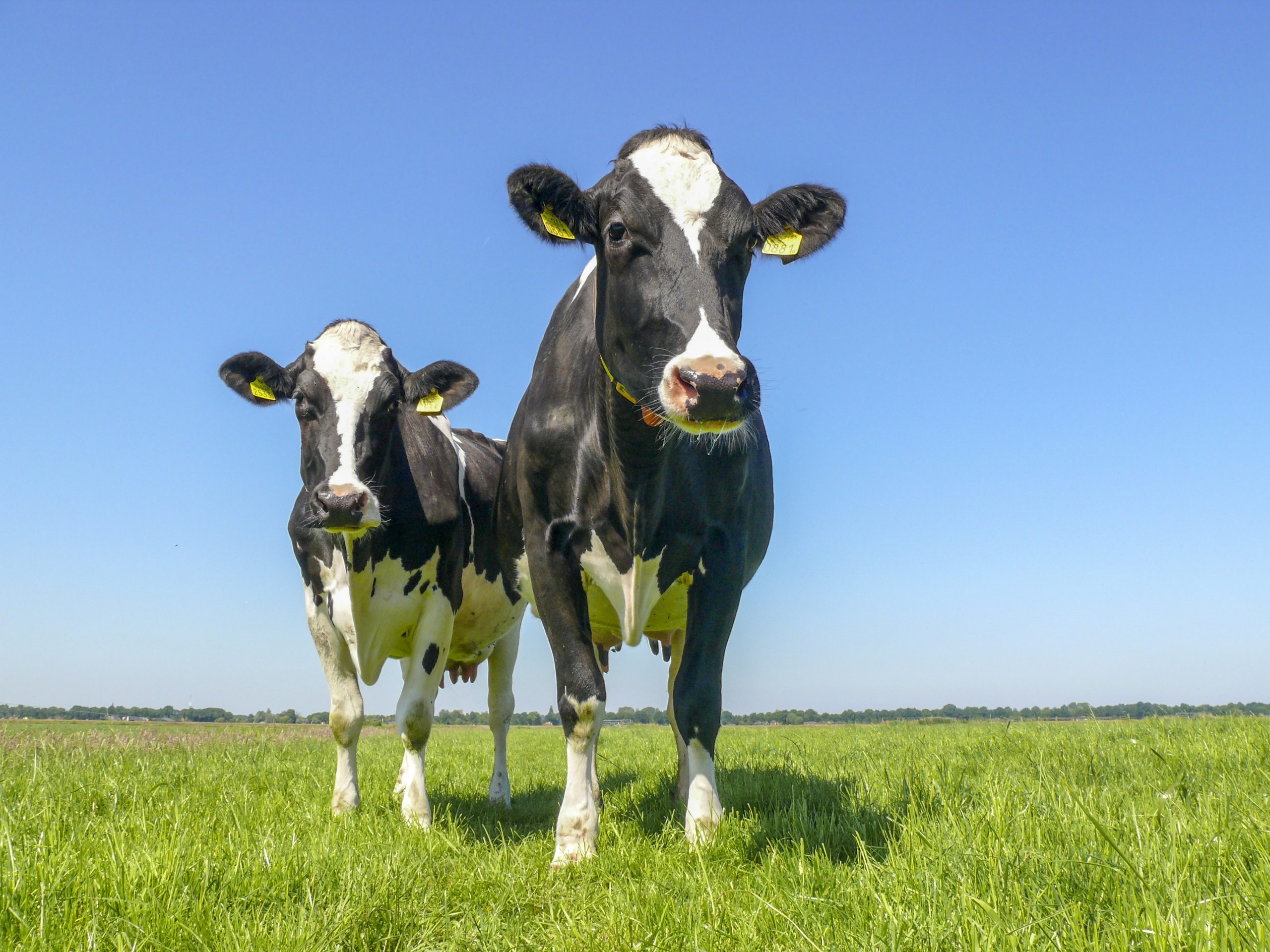

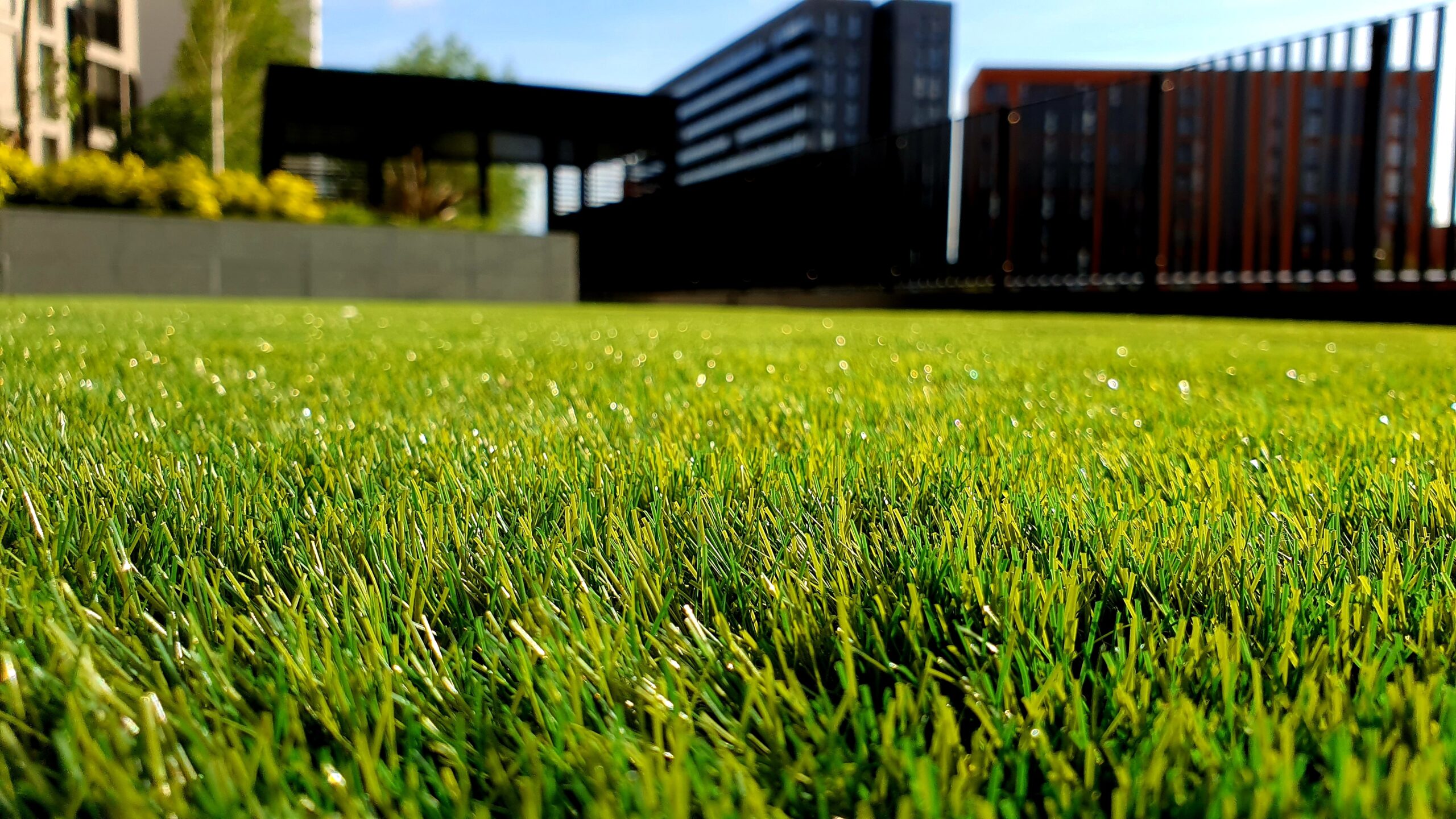
 Photo by
Photo by 

